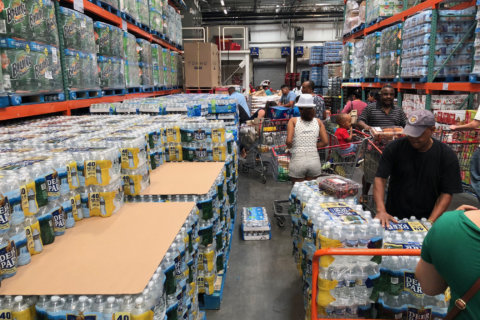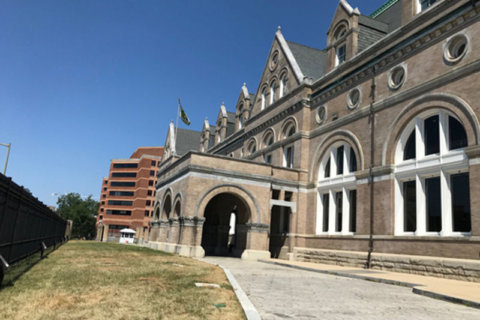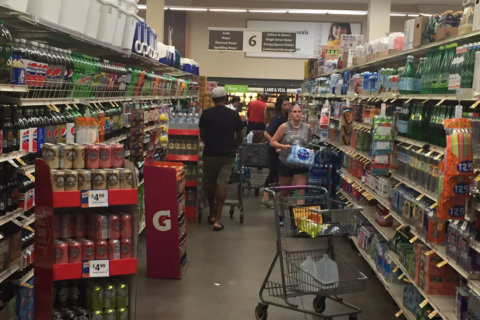WASHINGTON — The officials responsible for running D.C.’s water system are promising to improve outreach efforts after complaints about how it alerted residents during a two-day boil-water advisory across a large swath of the District.
An Aug. 16 internal DC Water report tallies up what appear to be a number of communications missteps surrounding the July 13 advisory. The report acknowledged it took hours for the agency to alert customers that the advisory was in place as officials worked to pinpoint the exact area affected by an potentially dangerous drop in water pressure.
After the boil-water advisory went into effect, a surge of internet traffic to DC Water’s website nearly crashed the website, and the robocall system proved ineffective at reaching the thousands of customers affected by the advisory.
The report includes several recommendations to improve communication, including adding an extra server to handle Web traffic and studying whether to use a reverse 911 system or the wireless emergency alert system to more quickly notify residents of drinking water advisories.
No one ultimately reported being sickened by the water during the incident, but DC Water faced blowback from residents about what some saw as a slow response to getting the word out about the advisory. The report estimates more than 100,000 D.C. residents were affected by the order.
“We can and we will do better,” DC Water CEO and General Manager David Gadis said in a statement. “Although I’m proud of how quickly our team restored water pressure, how infrequently these types of incidents occur at our utility and the many ways we shared the information with our customers, I want us to constantly improve.”
In a news release, DC Water said Gadis had met with D.C. Mayor Muriel Bowser and council member Mary Cheh to discuss the report.
The water problems came after a worker accidentally opened a valve in the Bryant Street pumping station about 8:30 p.m. July 13, according to the report. That caused a drop in water pressure across a large area of Northeast and Northwest D.C.
According to the timeline of events presented in the report, the valve was eventually closed and water pressure restored after about an hour, but officials feared the drop in pressure could have allowed contaminants to seep into the water.
DC Water notified the Environmental Protection Agency shortly before midnight that it intended to issue an alert to customers that they should boil the water before drinking it, the report said, but it took several more hours for DC Water to identify the exact areas affected.
In the meantime, DC Water’s call center was inundated with hundreds of calls about the drop in water pressure, but nearly all them went unanswered because there were only two dispatchers on the clock, according to the report.
The boil-water order and a map of affected areas were finally issued shortly before 4 a.m. on DC Water’s website and social media accounts, but it took another half-hour for the District’s Homeland Security and Emergency Management Agency to send notifications via the AlertDC system.
DC Water didn’t start making robocalls to customers until 6 a.m., but not all customers were reached — in part because the agency didn’t have working phone numbers for all customers and because the automated call system could only place a set number of calls per hour.
“The DC Water automated phone system had never attempted to contact so many customers at once,” the report concluded. “Since the system can only make a limited number of calls each hour, it was not effective at reaching everyone in a timely manner, and some customers reported they did not receive a call at all.”
DC Water’s website also experienced a surge in traffic that morning, which essentially crashed the website. Officials eventually had to add a second server to make sure the site stayed online.
The report stressed that DC Water relied on a number of communication methods to get the word out, including social media and local TV and radio.
“Even so, some customers complained directly and in media reports that they did not receive notice of the boil water advisory in a timely manner,” the report acknowledged.
The advisory was lifted July 15 after two rounds of testing showed negative results for bacteria.
The original glitch in the water system that sparked the advisory was caused by operator error, and the worker who opened the valve that caused the water pressure drop “has given inconsistent responses as to why he opened the valve,” the report stated.
As part of the recommendations, the report advised requiring supervisors to give the OK before workers open valves.








